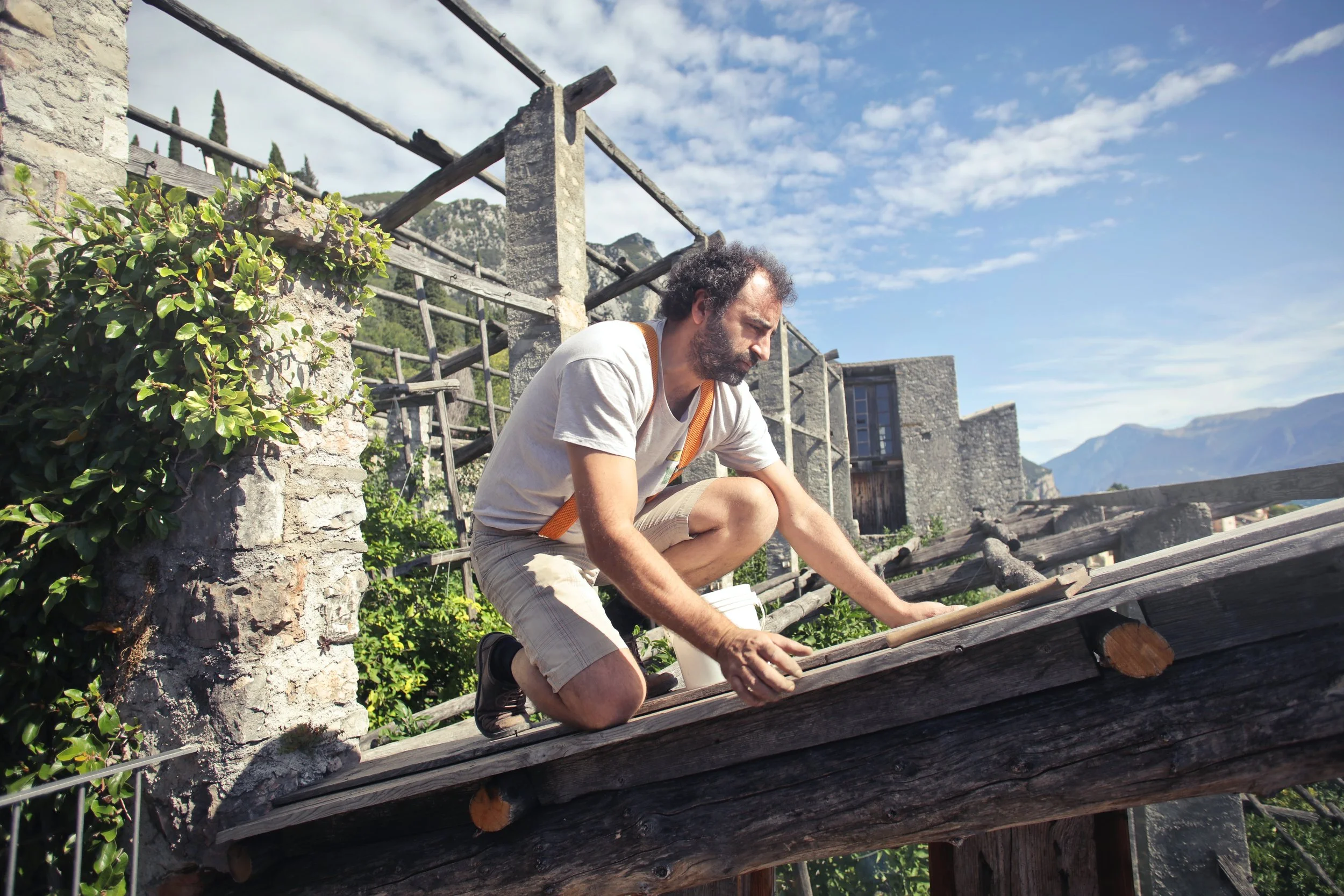Find A Safe and Effective Way to Roof Your House
RH Business Marketing Solutions
If you're a homeowner, you have to learn how to take care of your property. The roof on your house has kept everything dry, protected from the rain. But, it's not going to last forever. Here's how you can replace it once it's time for a new one.
Assessing the Roof's Condition
At first, you'll have to figure out whether it's time for a replacement or repairs. Some roofs don't have to be replaced entirely. Re-roofing a home puts down a new layer of shingles on top of the old ones.
Typically, it's less expensive to re-roof a home because there's nothing to dispose of. Getting rid of the old shingles can add quite a bit to the project's cost. By inspecting the roof, you can check to see if re-roofing would be viable.
If the old roof only has a single layer of shingle, re-roofing might be an option. As long as its deck is sound, there shouldn't be anything stopping it.
Permitting and Worksite Preparation
The next step after inspecting the roof is getting all the right permits. Without them, it's not legal to work on your roof.
Typically, the local permitting department has everything you need. They'll have a few things you'll need to send them. Once they've received everything, it's only a matter of time until the permits are in your hands.
Specialty roofing may have other permitting requirements. So, it's important to ask your local department if there's anything else needed.
Removing Existing Shingles
If you've decided to remove the existing shingles, that's what you'll start on now. We'd recommend ordering a roll-off dumpster and placing it near the house. That way, once you've taken a shingle off, you can just toss it down.
Generally, the ridge cap is where it's the easiest to start. Take off the first few shingles using a pry bar and toss them into the dumpster. When removing them, make sure to get under the felt paper, too.
Installing the Drip Edge
After everything is gone, it's time to put down a new drip edge. This is what diverts water away from the fascia when it's raining.
So, install them, leaving about 1/2 an inch between it and the deck's edge. Otherwise, there's not enough room for water to get into the gutters.
Laying the Felt Paper
Installing the felt paper isn't too hard, especially if you've done the drip edge. Use roofing nails to secure it while laying it across the roof.
As you're placing it, ensure there's an overlap of at least 4 inches. You can run the felt paper over the ridge once it's reached that point, too.
Putting Down the Underlayment
When living somewhere with icy winters, an underlayment may be necessary. These protect the roof from water and ice when it's below freezing outside. So, there's less risk of damage when there's severe weather.
We'd recommend installing one on the lower section of the roof deck. By putting one there, snow and ice won't get into the lower rows. That way, your roof won't get damaged if there's a blizzard this winter.
You have to remove the adhesive placed on the backside of the underlayment. Then, you can put it across the roof in a single layer.
Working With New Shingles
If you're doing everything yourself, try ordering the shingles to your place. Receiving them at home is usually easier than picking them up at a store.
Start by installing a starter strip somewhere on top of the drip edge. When nailing them down, place the nails in the center of the shingles. Putting them near the edge tends to make breaking them easier.
Work on the roof one layer at a time. Also, it's typically best to focus on a single section at a time. Once you've finished one side, move to the other.
How to Safely Roof a Home
Roofing isn't as tough as you think. But, it's a necessary part of homeownership. Using the tips we've listed ought to make taking care of stuff yourself easier, too. So, get out there and see how much you can handle without asking anyone else for help.
Guest Contributor: Hannah Boothe
